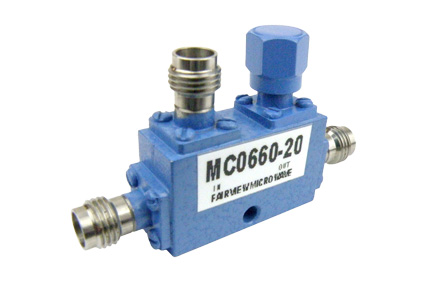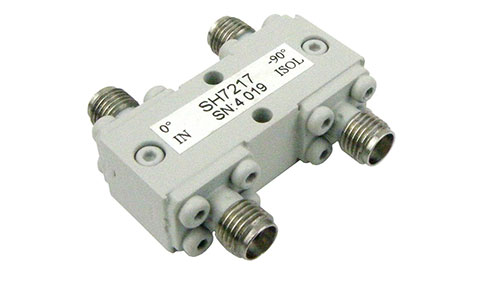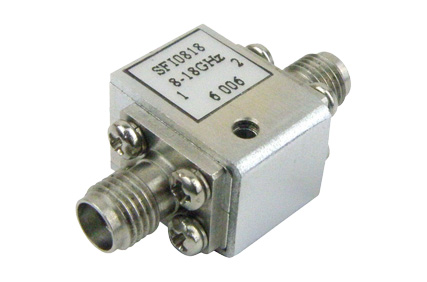What Makes an RF Coupler Fit for Defense Applications?

There are many instances in military/defense, aerospace, space, and naval applications where there is a need for sampling signals from high power transmission paths or monitoring the frequency of high-power signal paths. In these cases, the best RF component for the job is often an RF coupler. However, not all RF couplers are designed for extreme environmental applications indicative of the requirements for defense applications.
For instance, many RF couplers have coaxial connector ports either for the primary signal paths or the coupled ports. If the coaxial connector ports are coaxial types that use dielectric spacers, it may be that the dielectric material used can’t sufficiently perform under extreme temperature ranges specified for military grade coaxial connectors. Other environmental features include corrosion resistance, shock, vibration, humidity, altitude/pressure, etc.
Generally, standard waveguide flanges can meet all of these requirements, possibly with the exception of corrosion resistance. This is why many waveguides meant for defense applications are gold plated; this helps prevent corrosion while still maintaining high conductivity for low loss performance. A common standard for body plating specifications for waveguide couplers is MIL-DTL-5541.
Even with waveguide couplers, if the attachment methods of the coupled ports aren’t designed to withstand shock and vibration, the joint between the main waveguide and coupled waveguide may degrade or even fail. Hence, it is often imperative to ensure that even waveguide couplers are designed to meet MIL-Spec standards for ruggedness. For altitude/pressure performance, couplers often need to be sealed, either hermetically or with epoxy, to prevent outgassing or debris ingress to meet defense standards.
RF couplers designed for defense applications also tend to be specified to operate over certain useful frequency ranges and power levels for defense use cases. Examples of this include RF directional waveguide couplers designed to operate from 100s to 1000s of Watts and in key radar frequency bands, such as C-band, X-band, Ku-band, etc. These couplers will often have high peak and continuous wave (CW) input power ranges specified, as radar applications tend to have high peak power outputs.
All of these factors considered together likely indicate that a RF coupler has been designed to meet defense applications, even if it is not explicitly identified as such.



